A Guide for Newbies on Purchasing a Weightlifting Belt
If you're determined to lift hefty barbells, belts are likely to cross your mind eventually. While they don't shield you from harm, they do help you push more weight, which ultimately translates to increased strength. They're an essential tool for many strong individuals.
For a closer look at what belts do and why you might need one, we have a detailed guide. But to sum it up: belts are useful aids that can help you squat and deadlift greater loads, making you stronger.
Now, you might be curious about when you should invest in a weightlifting belt. While some coaches might want you to hit a specific weight or demonstrate certain proficiency in the primary lifts, the truth is that everyone, regardless of their proficiency level, can benefit from a belt. It doesn't cover for lack of knowledge on how to brace, so it's a good idea to learn the technique before buying one. However, a belt can assist your learning process by allowing you to feel your abdomen pressing against the accessory as you do it right.
So, if you're pondering over buying a belt, it's most likely the right time to do so. As many good ones need to be procured online and can have a waiting period of a few weeks, ordering your belt a while in advance is recommended.
Moving on to the types of belts available for weightlifting, you'll encounter a vast array if you search for them online. While some target gym-goers looking for a stylish accessory, we'll focus on the options endorsed by strength sports athletes.
$64.99at Amazon
A velcro belt
Among the common options, we have 4-inch velcro belts. These are excellent for beginners and offer affordability. They're made of sturdy velcro, have a locking mechanism around the strap to prevent it from opening mid-lift, and are 4 inches wide. You can buy one from brands like 2Pood, a popular choice among Olympic weightlifters and CrossFit enthusiasts. The 4-inch width is essential as it supports your spine effectively.
Budget optionProFitness 4-inch Weightlifting Belt$22.95at Amazon
Prices for velcro belts usually range between $30 and $70, depending on desired brand features and additional perks, such as custom colors.
2POOD 4-inch Weightlifting Belt - Perfect for beginners, with adjustable velcro straps and a secure locking mechanism. Available in multiple colors.
Budget Option: ProFitness 4-inch Weightlifting Belt - A reliable, economical choice for lifters of all levels.
Solid, basic belt: Gymreapers 4-inch Weightlifting Belt - A durable and effective choice for weightlifting enthusiasts.
$22.95at Amazon
A leather single-prong belt
Next under the spotlight are leather belts that buckle like traditional belts. They're available in either 3 or 4-inch widths and are typically made of 10 or 13 mm thick leather with a massive buckle to match. While double-prong belts look attractive, they can be quite cumbersome to handle as you'll need to adjust them between sets.
A solid, basic beltGymreapers 4-inch Weightlifting Belt$34.97at Amazon
I personally own both a 4-inch velcro belt and a single-prong leather belt, which has a Pioneer cut with offset holes, making adjustments in 0.5-inch increments possible.
Adjustable with half-inch hole spacing: LiftingLarge Leather Powerlifting Belt - Boasting a unique Pioneer cut, this belt lets you adjust the tightness gradually.
The Classic: Inzer Leather Buckle Belt - A popular choice among weightlifters, this belt has a single prong and has stood the test of time.
Budget Buy: Steel Sweat Leather Weightlifting Belt - This belt offers a smooth leather finish at a budget-friendly price.
$34.97at Amazon
If you prefer a different type of belt than the traditional buckle option, consider a lever belt. These belts use a screwdriver instead of a buckle to fasten the lever into the hole of your choice. To lock the belt, you simply close the lever and pop it open when you're ready to remove it, providing a satisfying feeling after a heavy lift.
Lever belts come in the same common sizes as single-prong belts: 3 or 4 inches wide and 10 mm or 13 mm thick. Pioneer, the company that produces my adjustable prong belt, also offers an adjustable lever belt, allowing for more flexibility in fitting. An example of a non-adjustable lever belt is the Inzer Forever lever.
Higher-quality leather belts, both prong and lever, tend to cost more than Velcro belts. Belts typically range from $100 to $150, with thicker belts often being pricier. Custom colors and designs are also available, but will come at an additional cost.
Lever Weightlifting BeltYou can find lever belts similar to these ones at Amazon:- http://www.amazon.com/gp/product/B01B431SYK/ref=as_li_tl?ie=UTF8&camp=1784&creative=9325&creativeASIN=B01B431SYK&linkCode=as2&tag=schaferfamily0d-20- http://www.amazon.com/gp/product/B071Z7834R/ref=as_li_tl?ie=UTF8&camp=1784&creative=9325&creativeASIN=B071Z7834R&linkCode=as2&tag=schaferfamily0d-20
$149.80at AmazonThe classicInzer Leather Buckle Belt$139.95at Amazon
Adjustable Lever (PAL)You can find adjustable levers like this one at Amazon:- http://www.amazon.com/gp/product/B072RWJ1S7/ref=as_li_tl?ie=UTF8&camp=1784&creative=9325&creativeASIN=B072RWJ1S7&linkCode=as2&tag=schaferfamily0d-20
How to choose the right size belt
$139.95at AmazonA solid budget buySteel Sweat Leather Weightlifting Belt$59.95at Amazon
To determine the length of the belt you need, measure your waist. Consult the chart on the belt company's website to find your size. If you're between sizes, consider whether you'll likely gain or lose weight in the future. If you're losing weight, it's advisable to get a belt that will still fit after some weight loss. However, if you're gaining muscle mass, you may want a belt that can accommodate a larger size.
Standard waist width is 4 inches. Powerlifters often use 4-inch belts for squatting, while some individuals prefer a 3-inch belt for deadlifts. You can also choose to wear a 4-inch belt higher up for deadlifts if you wish. If you're not sure which width to choose, try borrowing a belt to test it out.
$59.95at Amazon
When selecting a leather belt, decide between a 10 mm or 13 mm thickness. The 13 mm option is quite thick, and some people find it too stiff. It might be suitable for very large and strong individuals. The 10 mm belt is a safer choice for most people.
My recommendations for various types of belts:
$139.95at AmazonEasy adjustingPioneer Lever Weightlifting Belt$174.95at Amazon
- Velcro Locking Belt: 2Pood straight weightlifting belt
- Leather Single-Prong: Pioneer Cut 10 mm
- Leather Lever: Inzer Forever lever 10 mm
Belts to Avoid
$174.95at AmazonThe adjustable lever by itself (attach to your old lever belt)Pioneer Adjustable Lever (PAL) (Silver)$90.00at Amazon
There are certain types of belts you might want to avoid:
- Double prong belts are more difficult to fasten and aren't any stronger than single-prong belts.
- Velcro belts without a lock can come undone during a lift. Look for belts with a lock to hold the strap in place, like those from 2Pood or Gymreapers.
- Tapered belts with a wide back and a narrow front were once popular among Olympic weightlifters, but are now less common. These belts are often low-quality and serve as a fashion choice rather than for functionality.
$90.00at Amazon
Having this knowledge at hand, you're all set to pick a belt that suits your taste. If you lean towards a secure yet comfortable option, a locking velcro belt or a 10mm straight leather belt are excellent choices. But if you're more into personalized styles, deciding between a standard black one or a vibrant sequin design is entirely up to you.


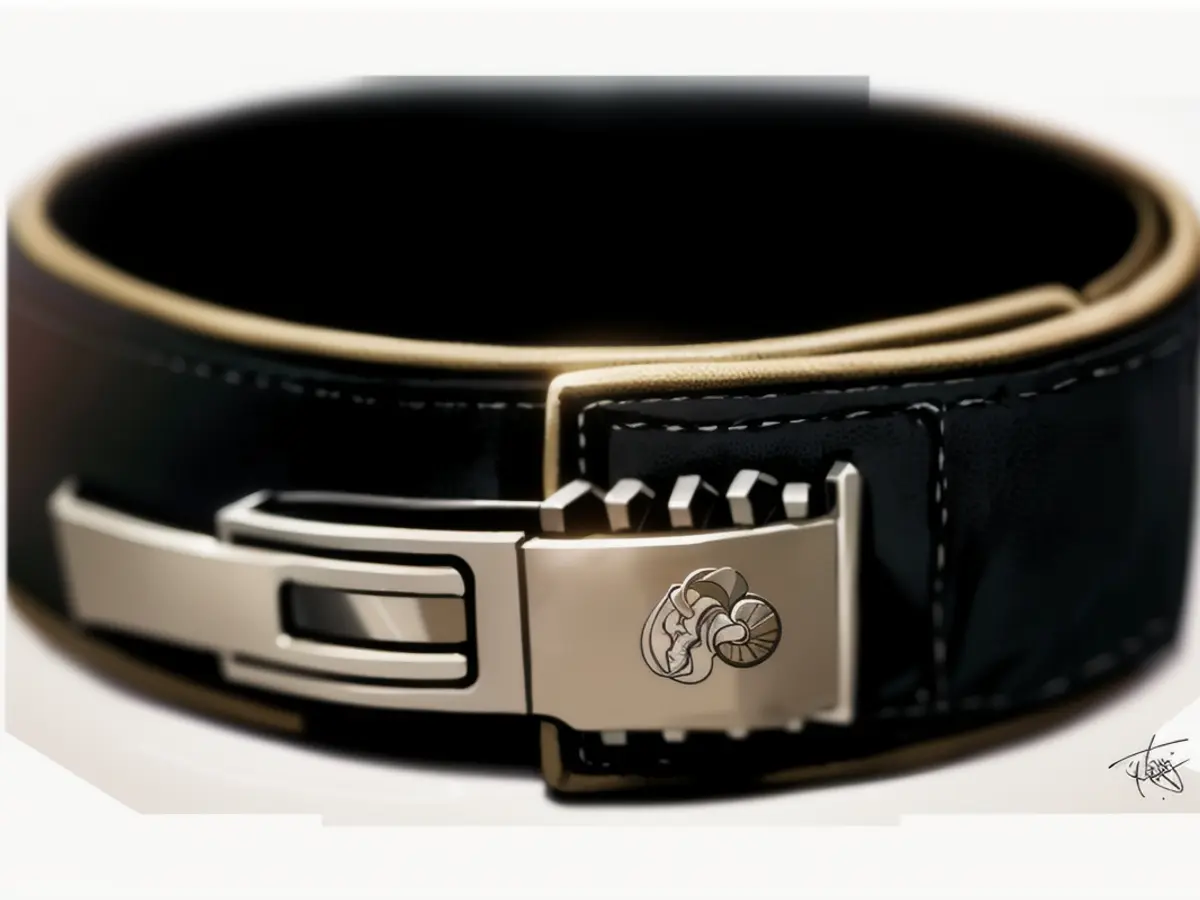
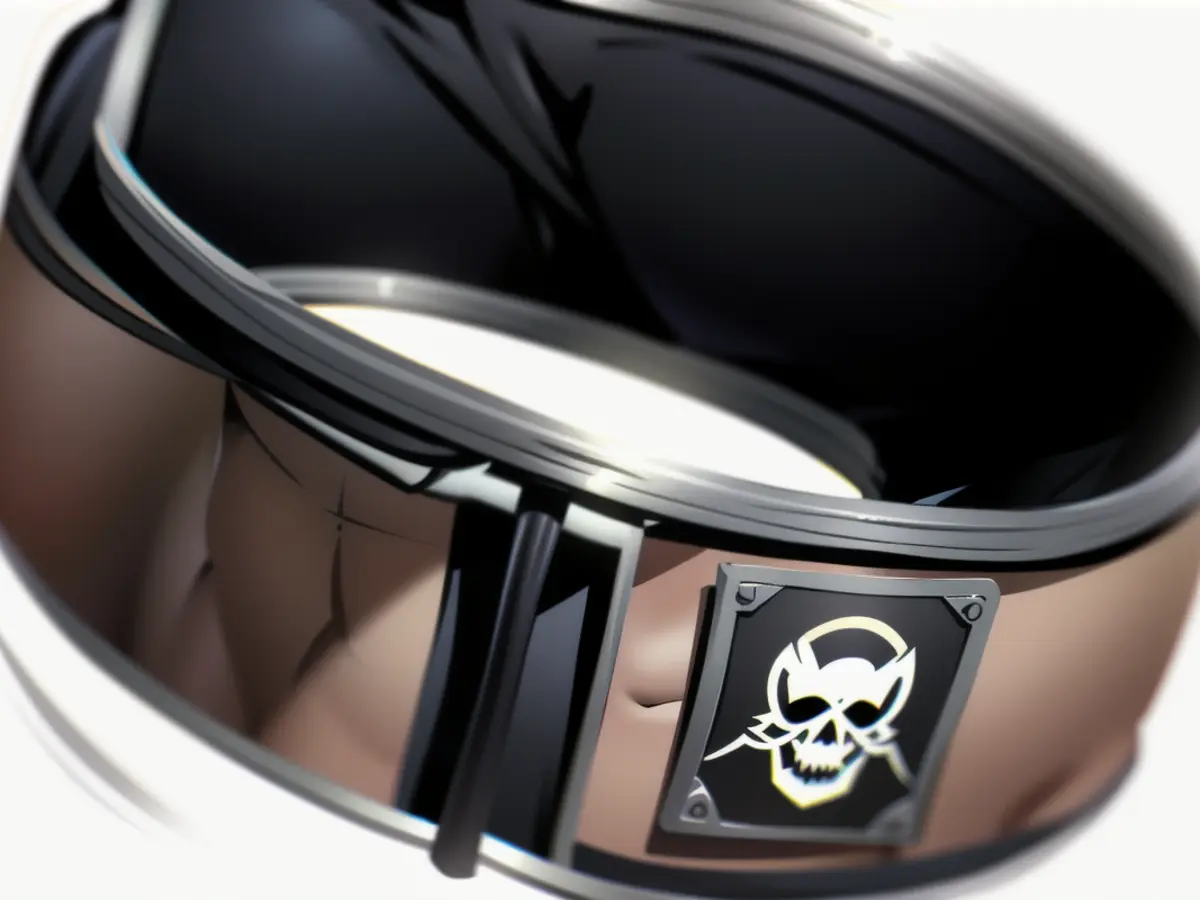
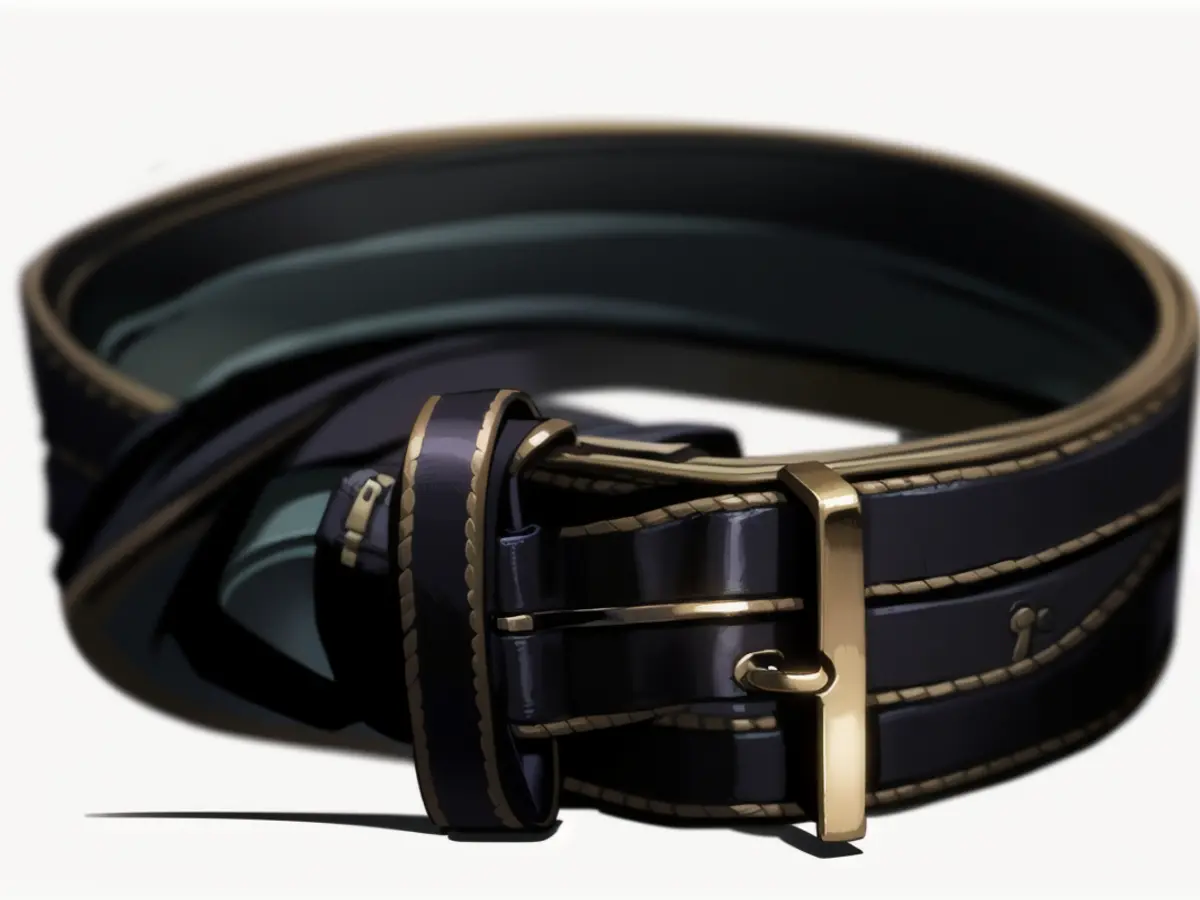
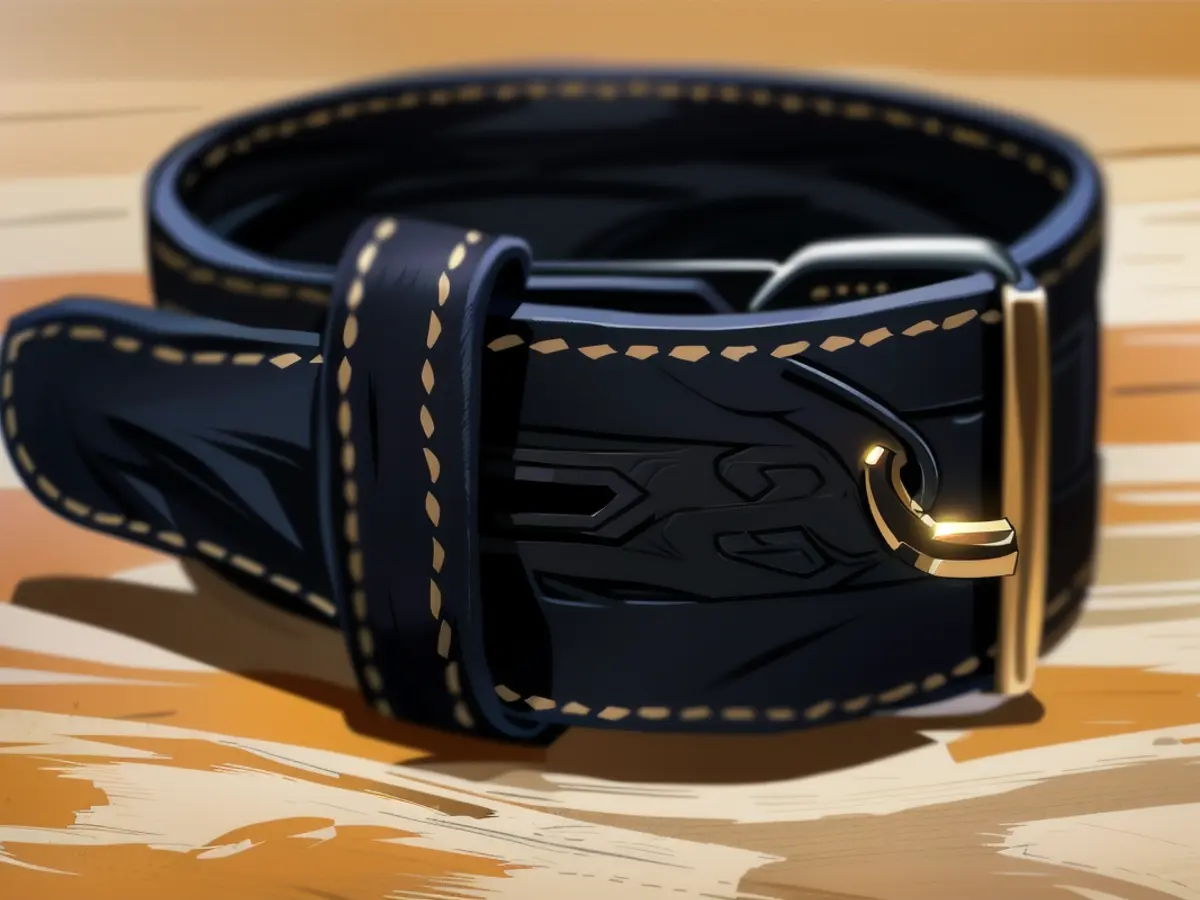
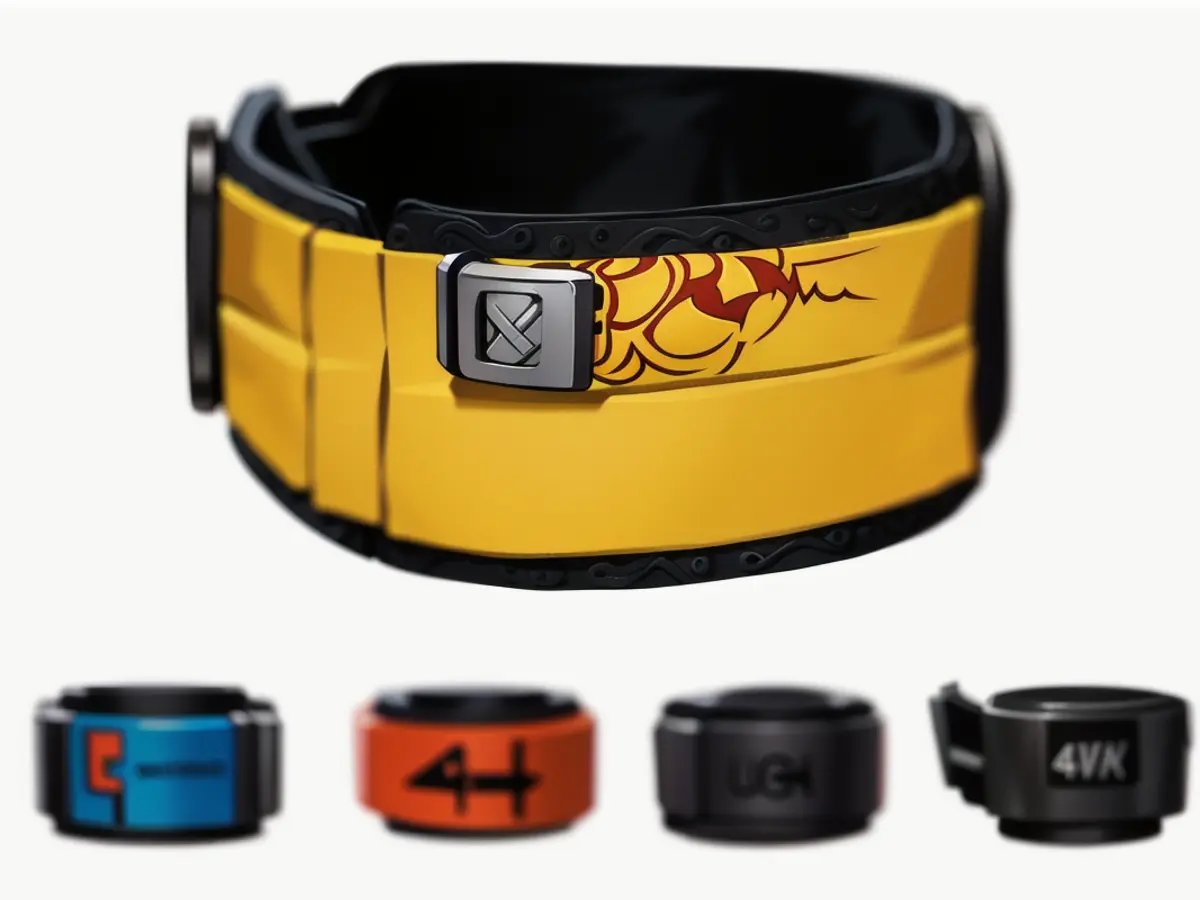
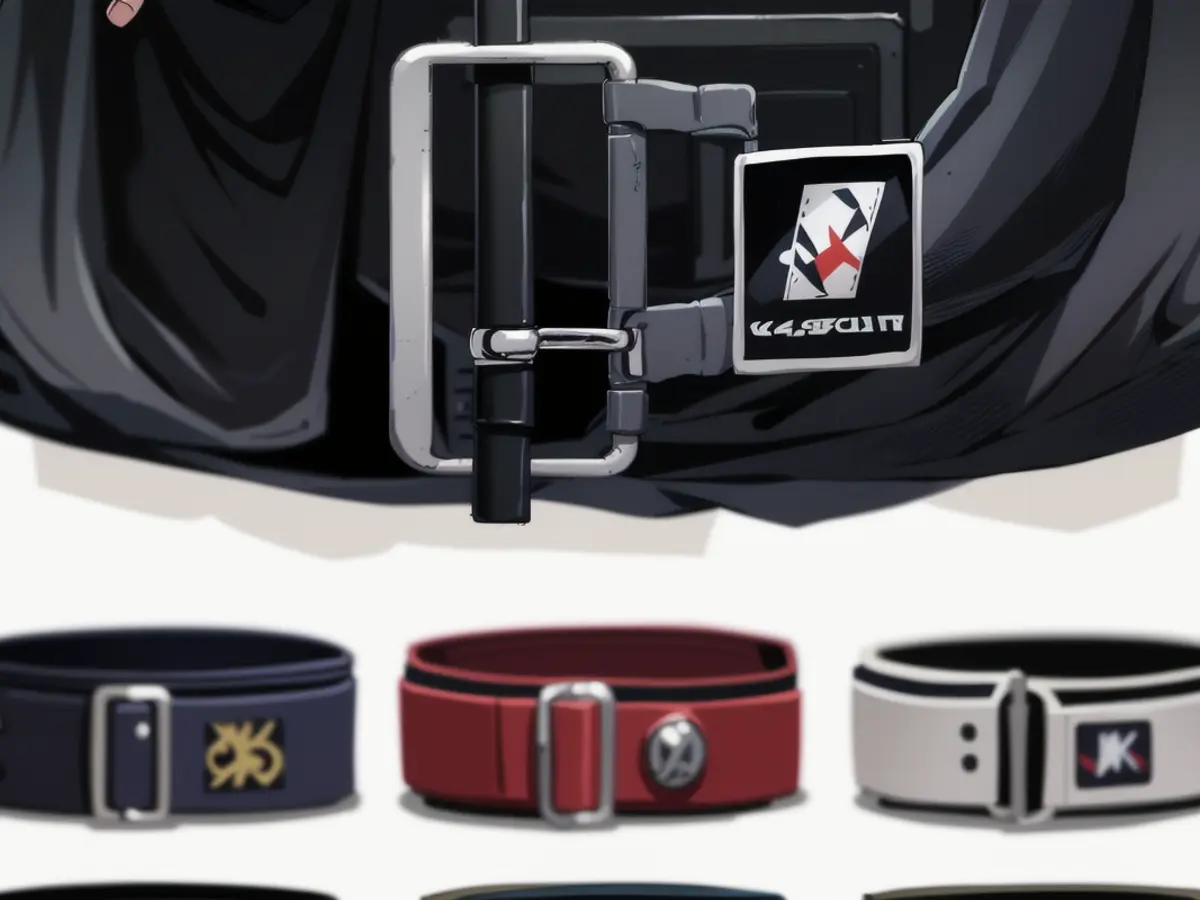
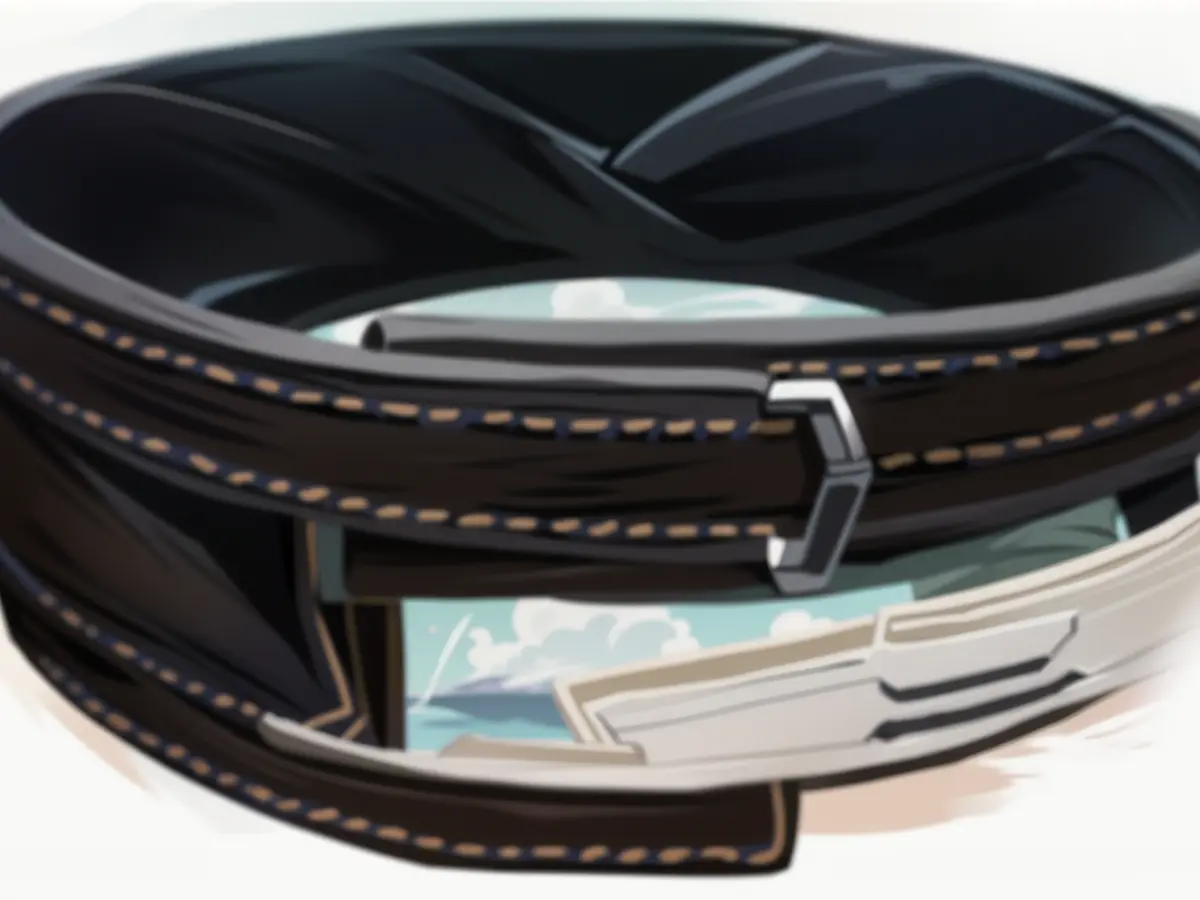
Read also:
The best weightlifting belt for beginners is the 4-inch velcro belt from 2Pood, which is widely popular among Olympic weightlifters and CrossFit enthusiasts. Alternatively, a reliable and economical option is the ProFitness 4-inch Weightlifting Belt.
If you're looking for a leather belt, consider the Pioneer Cut 10 mm belt, which offers adjustable half-inch increments. Another popular choice is the Inzer Leather Buckle Belt, which has a single prong and has stood the test of time.








